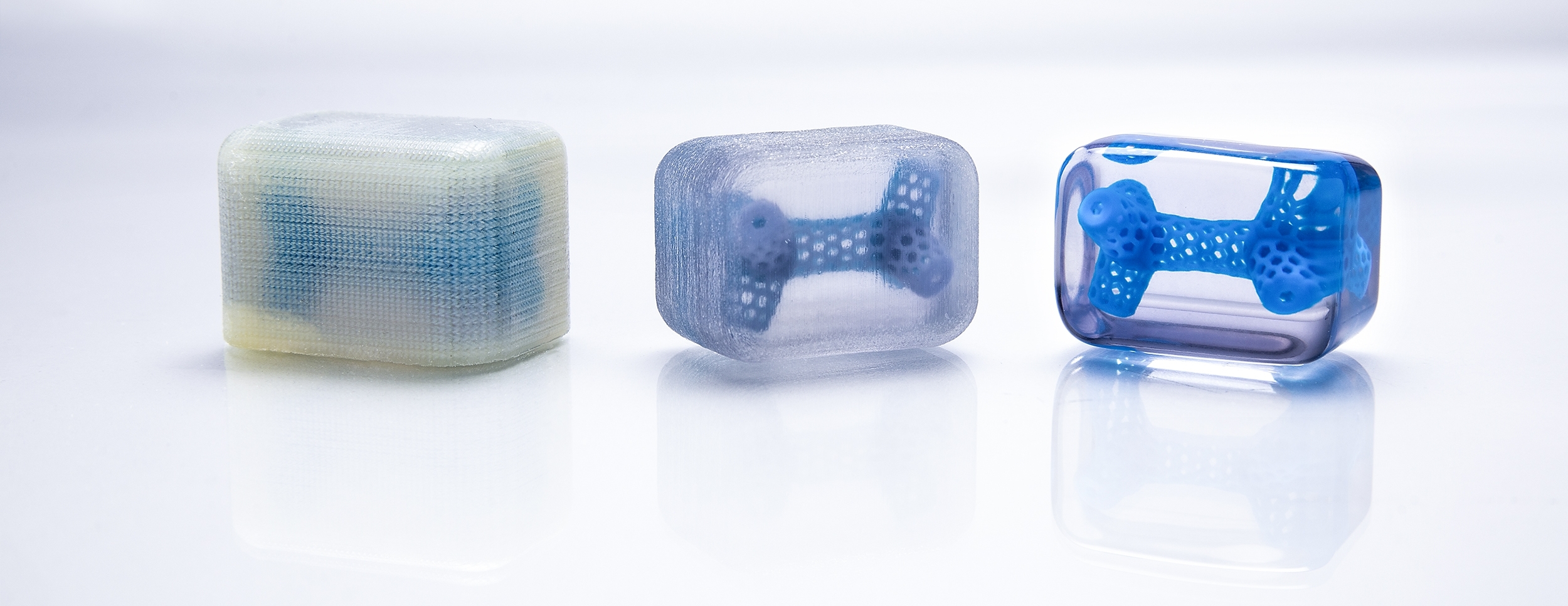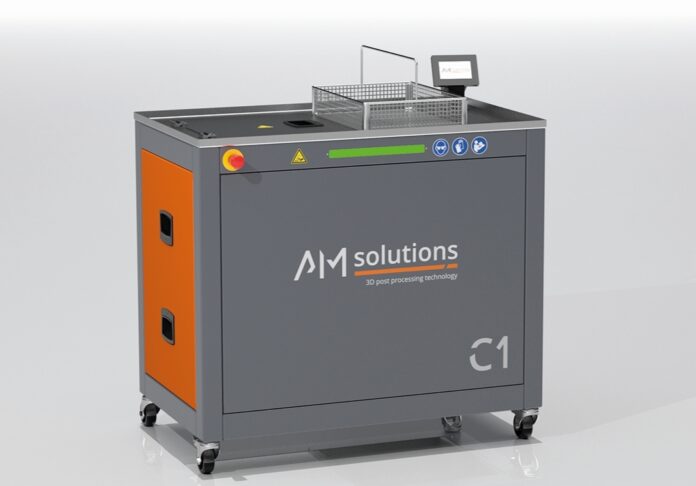Photopolymer resins often lead to extremely delicate high-precision 3D printed components. The thing is, removing the fine structures that appear on such parts, can be quite complicated if one does not have the right tools.
Indeed, by doing it manually, not only are you wasting a lot of time, but you are also taking the risk of damaging your part.
According to AM Solutions – 3D post processing technology, the division of the Rösler Oberflächentechnik GmbH that specializes in offering automated industrial solutions for the post processing and surface finishing of 3D printed components, the right automated system can do this job perfectly.
In their portfolio, it is the C1 System that is uniquely positioned to perform this task. Designed for the automated post processing of 3D printed photopolymer components, the compact plug-and-play machine would just need a 230 V electrical outlet.
With the ability to handle 3D printed components with sizes of up to 340 x 440 x 170 mm (L x W x H), the machine controls integrate various processing programs that can be adapted to specific needs and that enable the support removal of complex and simple parts. The machine is equipped with various design features such as a sensor-controlled monitoring, an integrated, removable skimming (overflow) screen and an integrated sensor monitoring that ensure process stability while minimizing cost operations. Most importantly, given the demanding requirements regarding quality control, consistency and traceability, key process parameters such as temperature, processing time and the degree of contamination of the compound are continuously recorded with a data logger and can be stored through an USB interface.
So, how does the post-processing operation work?
During the post processing operation, AM Solutions explains that the parts are placed in a basket that in turn is dipped into an immersion bath filled with compound that is precisely adapted to the printing material. After the respective processing program has been called up, the process starts. This is based on chemical, thermal and mechanical effects.
The effective interplay of these three mechanisms ensures that the support structures can be reliably removed without affecting the dimensional integrity of the components. This is even the case with extremely delicate components with geometrically complex shapes and very thin walls. Compared to other systems available in the market, this process is significantly faster, AM Solutions ensures.
For the development of the compounds AM Solutions – 3D post processing technology could take advantage of Rösler’s comprehensive know-how and the company’s chemical lab. With this approach suitable processing compounds could be developed for any photopolymer. Contrary to the extremely volatile and combustible isopropanol, usually used for this purpose, the compounds utilized by AM Solutions are not hazardous and must, therefore, not be classified and labeled as such per EG standard no1272/2008 (CLP), the company concludes.

Remember, you can post job opportunities in the AM Industry on 3D ADEPT Media free of charge or look for a job via our job board. Make sure to follow us on our social networks and subscribe to our weekly newsletter : Facebook, Twitter, LinkedIn & Instagram ! If you want to be featured in the next issue of our digital magazine or if you hear a story that needs to be heard, make sure to send it to contact@3dadept.com






